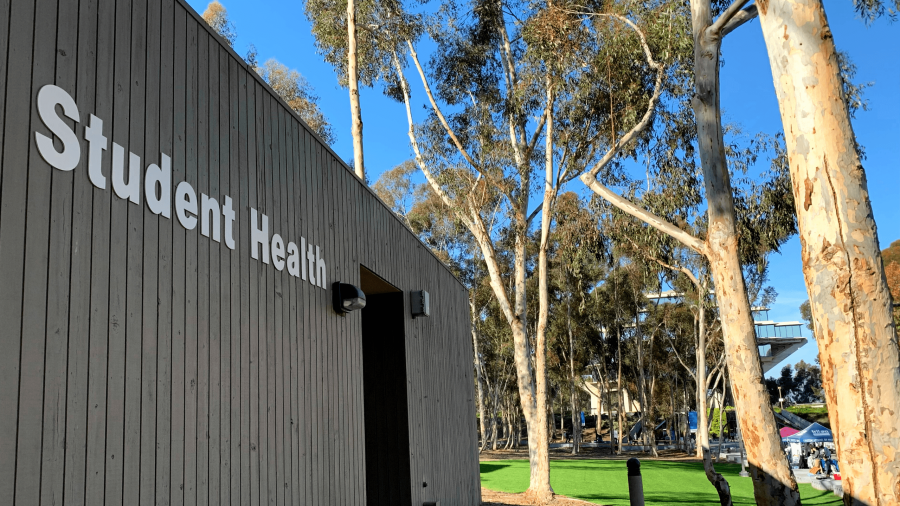For the first time since the end of Spring Quarter, UC San Diego Chancellor Pradeep Khosla provided the campus community with an update to the “Return to Learn” program. Sent out on Thursday, June 25, the announcement focused on campus operations, including classroom details, research protocols, and housing procedures.
The update laid out a goal for testing both symptomatic and asymptomatic campus community members. All students living on campus are encouraged to participate in daily symptom screening to go along with free coronavirus testing upon moving in. This initiative was proven feasible by the testing pilot program that began during Spring Quarter.
According to a CNN report on the program, less than 2,000 students took advantage of the 5,000 available tests. None of these tests came back positive.
“Plans for the fall are to offer regular testing to students, faculty and staff for SARS-CoV-2. Higher testing frequencies are recommended for populations where social distancing is difficult or who are at higher risk of infection,” Assistant Director of University Communications Christine Clark said in a press release. “Through implementation of strategies for adaptive testing, tracking, tracing and isolation, the goal is to lessen the likelihood of a significant outbreak on campus.”
All testing will be free to students and will be conducted at Student Health Services or UCSD Health locations.
“We wanted a simple, easy testing process which can be delivered at scale in the fall to ensure widespread testing for early outbreak detection,” Project Lead Natasha Martin, an associate professor at UCSD School of Medicine, said in a press release. “Our simulations indicate that if more than 75 percent of the population were tested per month, we would be able to detect an outbreak before there are 10 detectable infections on campus.”
The announcement also mentioned that only about 30 percent of courses will be in-person, with the rest being remote or hybrid courses. Furthermore, “in-person class size is limited to fewer than 50 students per class, or 50 percent of classroom capacity, whichever is smaller… [and] many in-person classes will have fewer than 25 students.”
Khosla’s announcement also reiterated that although some in-person advising will be available, most student advising will be through the Virtual Advising Center. The university will also expand online resources and develop “onboarding webinars for new international students and their families, International Student Peer Coaching Program, introductory summer start course and webinar series, and extended virtual orientation and welcome programs for both undergraduate and graduate students.” Additionally, the Globally Engaged Tritons Committee launched Global Hub, a new portal for virtual programming and events.
Despite varying infection rates across the world, all international students will face stricter guidelines than U.S. students. Students returning to campus from an international location and who have accepted the housing contract will be asked to undergo “a 14-day quarantine period […] in specially designated on-campus housing with no additional housing fees.” Meals will be provided, and students can log on to the Housing Portal to input any dietary needs starting in July. To qualify for on-campus quarantine housing, students must arrive on campus between Aug. 27 and Sept. 3, 2020. Those who arrive after Sept. 3 will be offered hotel accommodations at reduced prices that have already been negotiated by the university.
The announcement reiterated that any student who tests positive will be transferred to a designated on-campus housing location and will be provided with food and other necessities including healthcare from SHS.
As was the case during Spring Quarter, students will not have to pay for unused housing if they are forced out of their on-campus housing due to public health concerns.
The university also announced “Research Ramp-Up,” a three-stage safety protocol plan that would precede the green “return to full operations” stage. The announcement did not offer a designation of the current phase. Executive Vice Chancellor Elizabeth H. Simmons announced on May 30 that UCSD plans to enter the “Orange Phase” of ramp-up, which involves remote work when possible, limits on-site research personnel to approximately 25 percent at any given time, and requires social distancing and sanitization protocols, as well as the use of personal protective equipment. The update also discussed face covering and social distancing requirements. These policies will include indoor mask requirements unless alone in a private room or dorm, as well as a self-screening for COVID-19 symptoms and COVID-19 Return to Work Training for student employees, faculty, and staff.
In addition, public and high-touch areas “will be disinfected frequently [and] hand sanitizer will be available at various entry points, dining facilities, study and other public areas.”
The full text of the update and an archive of past announcements can be found here.














